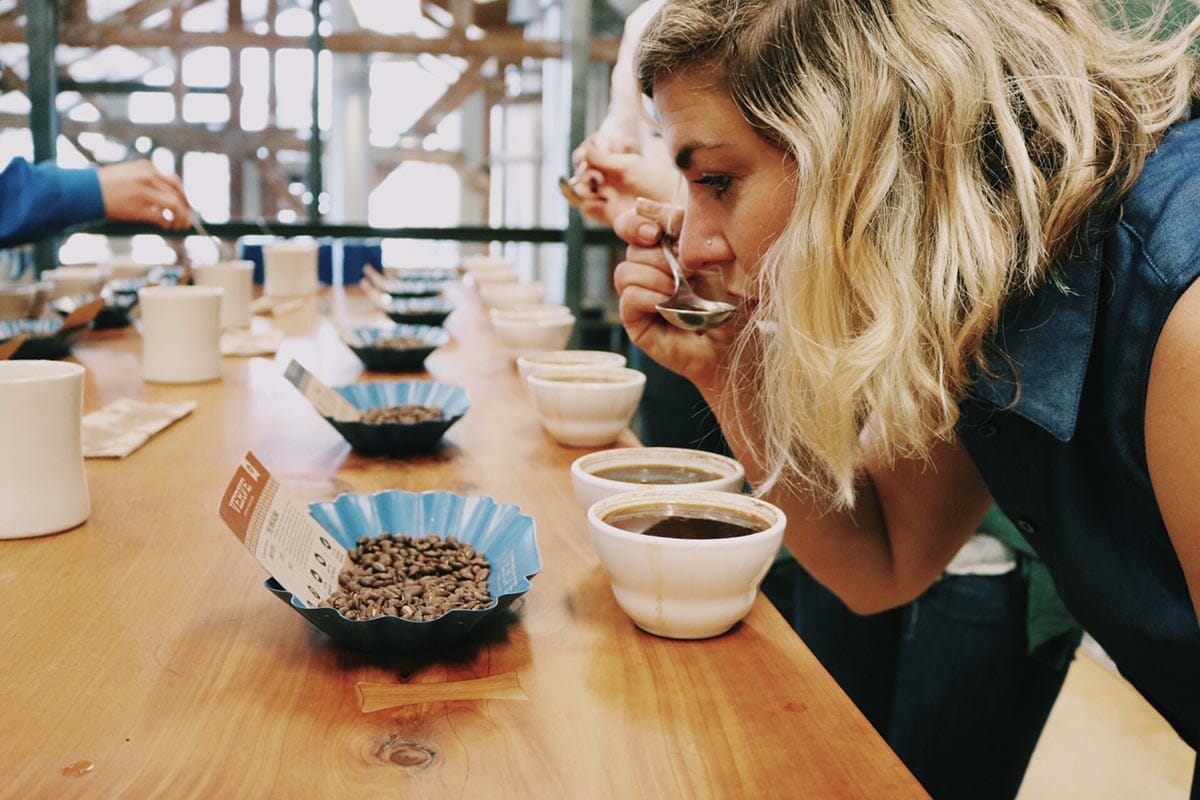
Coffee Flavors Demystified: A Guide to Tasting Notes
Coffee Flavors Demystified: A Guide to Tasting Notes
- Adam Smith
- 18-12-2023
- 18-12-2023
- 1937 views
- Information

The world of coffee is rich, diverse, and full of unique flavors waiting to be explored. For many coffee enthusiasts, deciphering the intricate tasting notes associated with different coffee beans can be an exciting journey. In this comprehensive guide, we’ll demystify the art of understanding coffee flavors, providing you with insights into tasting notes and helping you elevate your coffee experience.
Understanding Tasting Notes:
Tasting notes are a language used by coffee connoisseurs to describe the sensory experience of a particular coffee. These notes encompass a range of flavors, aromas, and textures that make each coffee distinct. When you delve into the world of tasting notes, you’re essentially deciphering the intricate profile of a coffee, much like a wine enthusiast would with a fine bottle.

Common Tasting Note Terms:
- Acidity: No, we’re not talking about sourness. In the coffee world, acidity refers to a bright, vibrant quality that adds liveliness to the brew. It can be citrusy, fruity, or even wine-like.
- Body: This describes the weight or thickness of the coffee on your palate. A coffee can range from light-bodied (similar to tea) to full-bodied (resembling the texture of whole milk).
- Aroma: The scent of the coffee, often noted before taking the first sip. Aromas can be floral, fruity, earthy, or spicy.
- Flavor: The actual taste of the coffee. This can include a wide array of descriptors such as nutty, chocolatey, floral, or even spicy.
- Finish: The lingering aftertaste once you’ve swallowed the coffee. Some coffees have a clean finish, while others leave a lingering sweetness or spiciness.
Exploring Different Tasting Profiles:

- Single-Origin Coffees: These coffees come from a specific region, allowing you to explore the unique characteristics of that area. Ethiopian coffees, for example, are known for their bright acidity and fruity notes.
- Blends: Blended coffees combine beans from different regions to create a balanced and complex flavor profile. This is where the artistry of the roaster comes into play, creating a symphony of flavors.
- Processing Methods: The way coffee beans are processed also influences their flavor. Natural or dry-processed coffees often have a fruity and bold profile, while washed coffees tend to be cleaner and brighter.
Tips for Tasting Coffee Like a Pro:
- Use a Clean Palate: Avoid strong flavors before a tasting session to ensure you can fully appreciate the nuances of the coffee.
- Mindful Brewing: Pay attention to brewing variables such as grind size, water temperature, and brewing time, as these factors significantly impact the final taste.
- Take Your Time: Savor each sip and let the coffee coat your palate. Note the different flavors that emerge as the temperature changes.






















